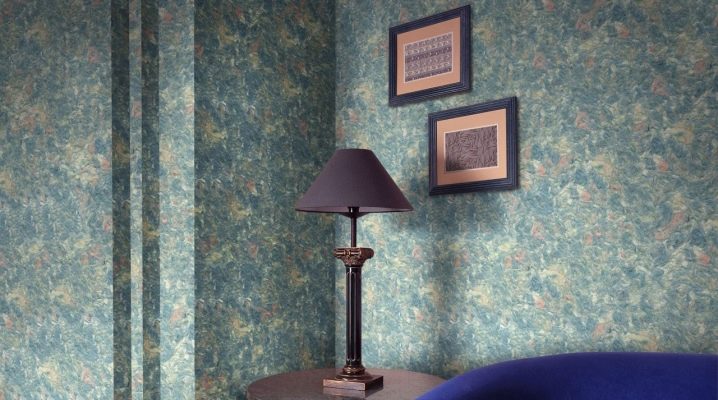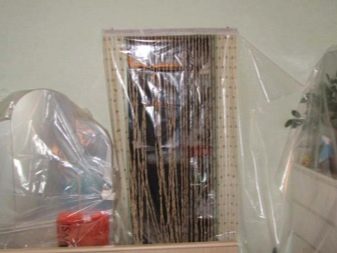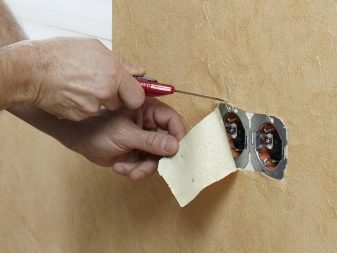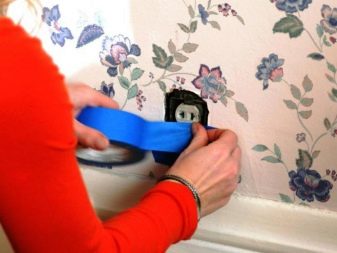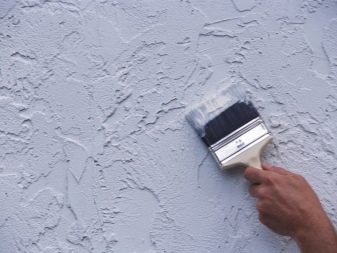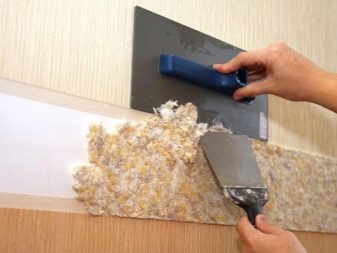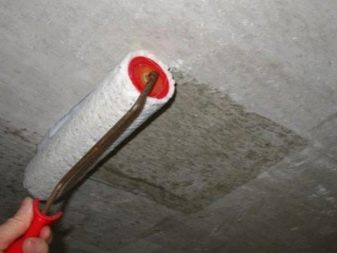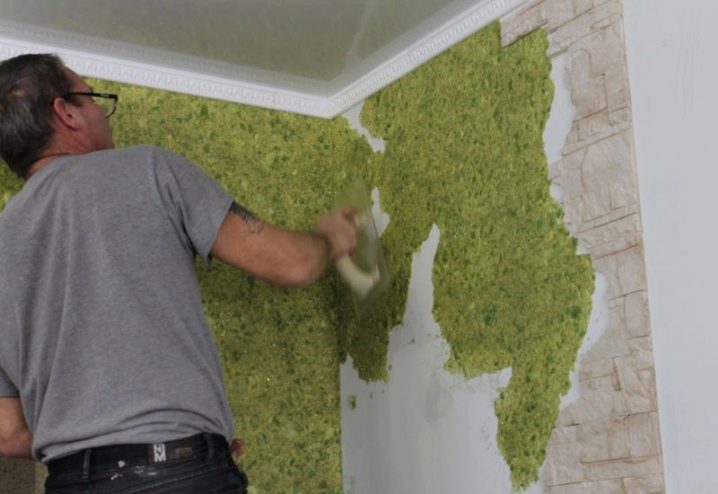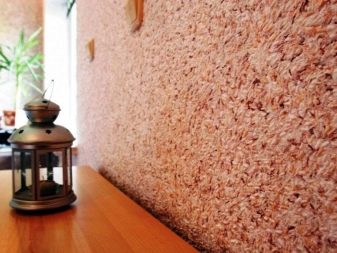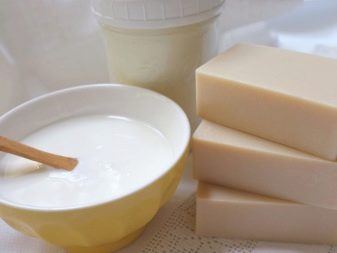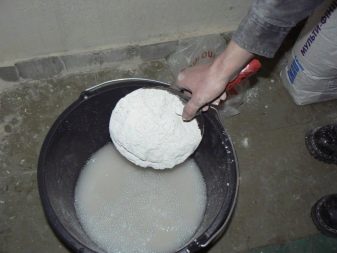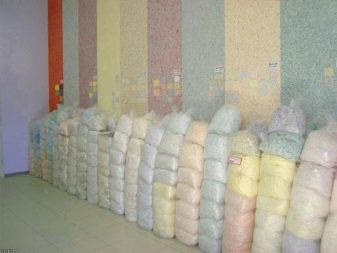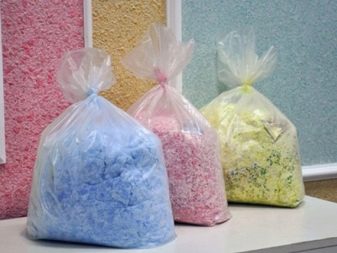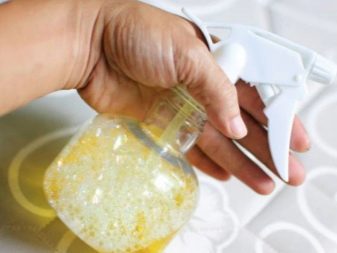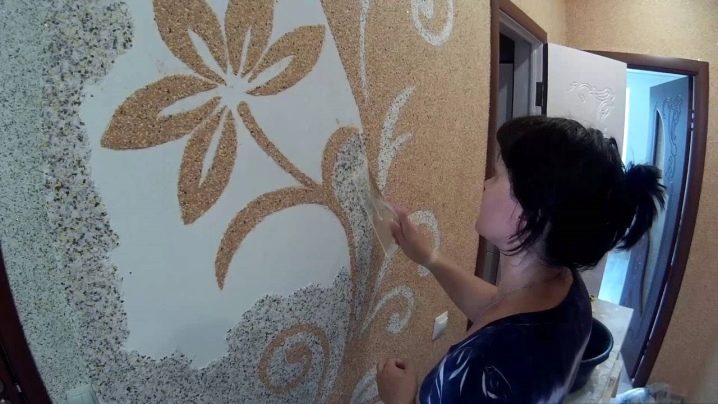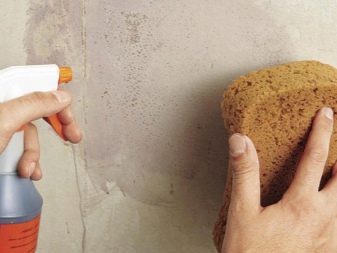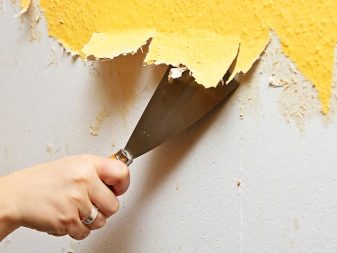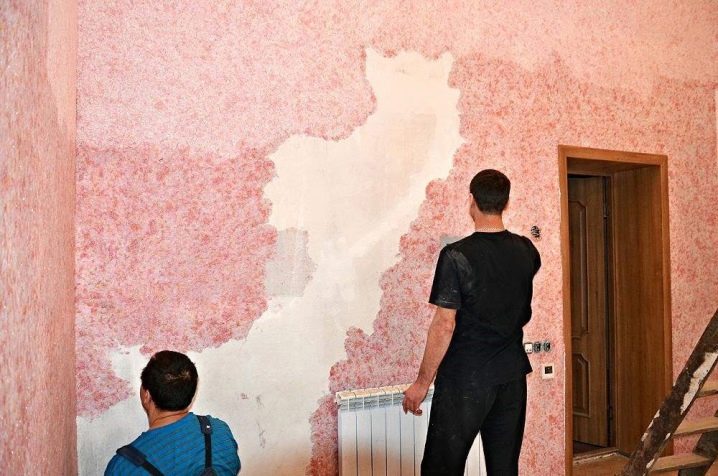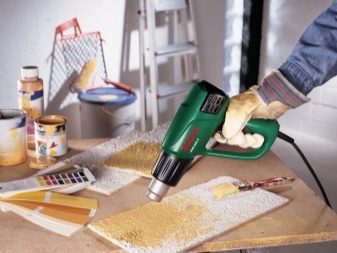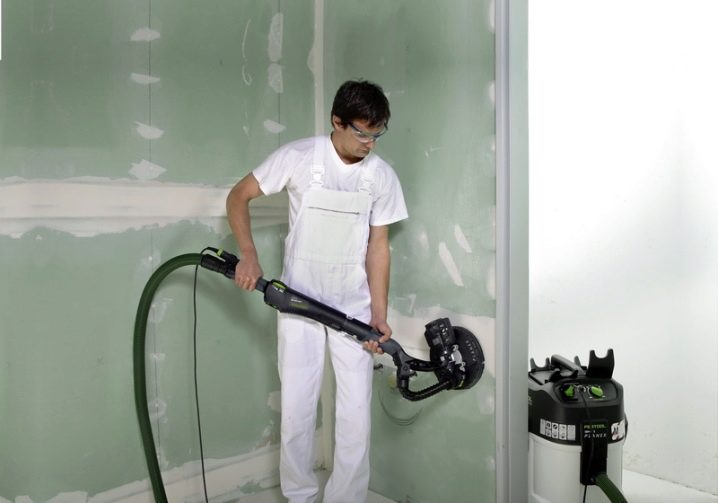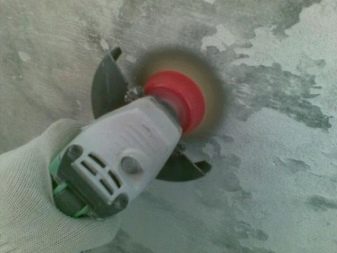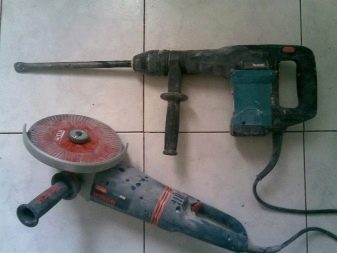How to remove liquid wallpaper?
Liquid wallpaper - a modern finishing material for the walls, which allows you to get a different surface structure in a relatively short time. This type of lining on the method of application resembles plaster, as it is applied to it in the same way as this product.
However, many do not know how to properly remove the liquid wallpaper from the walls. It is important to familiarize yourself with the dismantling technology, which is a relatively straightforward process.
Preparatory work
Liquid wallpaper can be applied to one wall or all surfaces in a room. If you need to remove them, you should start with the preparation of the room.
This will allow the dismantling process to be carried out as accurately as possible.
To prevent damage to furniture and other furnishings during dismantling, you should:
- Take out the maximum amount of furniture.If this is difficult to do, try to cover it with plastic wrap, safely packing from dust and possible remnants of the removed facing.
- Cover the baseboard with masking tape to protect it from dust.
- It is important to protect sockets. This is due to the fact that the removal of wallpaper may be accompanied by the use of liquid or the generation of large amounts of dust, which can lead to short-circuiting or rapid wear of outlets.
Instruments
Removal of liquid wallpaper from the walls or ceiling is carried out mechanically.
To optimize the work you will need several auxiliary tools:
- construction dryer and grinding machine (allow you to quickly remove the wallpaper, while more often they are used for objects with a large area);
- spatula or metal scraper (it is important that the tools are strong and sharp);
- paint brush, necessary for applying moisture to the surface of the liquid wallpaper (you can replace it with a roller, which will prevent water splashing).
When choosing tools it is important to estimate the scope of work, choosing the best way to remove the material.
Emollient solutions
The structure of liquid wallpaper suggests the presence of special componentsthat look like glue. To remove the lining need to apply special compounds that can dissolve these substances.
The most popular and affordable means is plain water (without any additives).
Alas, this liquid can not always cope with certain types of wallpaper. Therefore, for such purposes you can use several other solutions:
- Mix of water and liquid soap. For the preparation of such a mixture using 2 tbsp. spoons of solution, which is dissolved in 1 liter of liquid. Sometimes experts recommend using dishwashing liquid instead of soap. Their structure contains special substances that easily dissolve the adhesive components of the wallpaper.
- Specialized blends. The composition of such solutions includes surfactants, which similarly affect the material of the wallpaper. The most popular products are mixtures of the brand "Methylan", which produces glue for working with paper wallpaper.
Among the positive aspects of such products can be identified the absence of solvents, odor and harmful components.
- Vinegar solution. Make a mixture of 50 ml of vinegar, which is dissolved in 5 l of water.Some craftsmen add dishwashing detergent or a laundry conditioner to this solution.
- To get an effective remedy, you should mix common wallpaper glue with "Methylan". After preparation, a jelly-like mass is obtained which works well on the surface of the wall.
There are many other mixtures, all of which include identical components that allow you to remove liquid wallpaper quickly and easily.
Manual mode
A similar dismantling approach involves the use of a scraper or trowel. The impact on the material is made using a small physical effort without the use of third-party mechanisms.
The manual method of removing the wallpaper can be divided into several successive operations:
- Initially, walls are generously moistened with warm water or one of the previously considered liquids. In order for the mortar to penetrate as deeply as possible, several chips should be made on the surface of the wallpaper before it is applied. To do this, spatula gently pierce the material in several places, trying not to damage the vertical plane. Experts do not recommend wetting the entire surface of the walls, as the substance dries quickly.
It is better to remove the wallpaper sites, which will allow you to get maximum efficiency.
- After wetting, the wall should get wet: you should wait about 10-15 minutes (depending on the thickness of the applied layer). You can determine the quality of disintegration visually or with a spatula.
- Remove the wallpaper with a scraper. The process involves the consistent removal of the entire layer of wallpaper. Pay attention at the moment: if the thickness of the material is significant, remove it immediately fail. Therefore, after dismantling the top layer, it is necessary to wet the remaining plaster and perform the operation again.
If the wallpaper is removed from the surface of the drywall, you need to be as careful as possible. The top layer of material is made of paper, which under the influence of water quickly soak. Therefore, it is necessary to carry out the dismantling very carefully, without violating the integrity of the wall. Soaking the walls in this case is better with a small amount of water.
It is important to control its penetration into the structure of the wallpaper. It is important to remove the facing successively, avoiding the destruction of the top layer of drywall.
Mechanized way
If the amount of work is large, it is desirable to use approaches that allow speeding up the procedure for removing liquid wallpaper. This can be done using:
- Heating up For this purpose, building hair dryers are used, warming up the wallpaper with their help. This should be done until the substance is soft and pliable. After that, you can easily remove the plaster with a conventional trowel. Please note: this process is quite lengthy and costly, since it requires a large amount of electrical energy, although in this case there is a minimum of dust, which is important for residential apartments.
- Grinding machine. To remove the plaster with this tool, you need to firmly press it to the wall surface. This requires considerable physical effort that not every master is capable of. The dismantling speed using a grinder is high, but in the process of work a lot of dust is generated.
- Grinders with a special nozzle. For such a tool, there are many discs that remove almost any material. Please note: if you use sandpaper, it is advisable to use large types of it.
The last two plaster removal approaches are high quality and fast. But in residential areas they should not be used, as a lot of dust is generated, from which it is difficult to protect furniture, things and other materials.
This is extremely inconvenient, because you have to use respirators, glasses and other personal protective equipment.
The technology for removing liquid wallpaper is relatively simple, but it requires considerable physical effort. In most cases, it is possible for everyone: not a single master will be as careful in his work as the master of the house. In addition, the dismantling of their own hands allows you to remove the liquid wallpaper with minimal disruption of the surface of the walls.
For information on how to quickly and easily remove the liquid wallpaper from the wall, see the following video.
